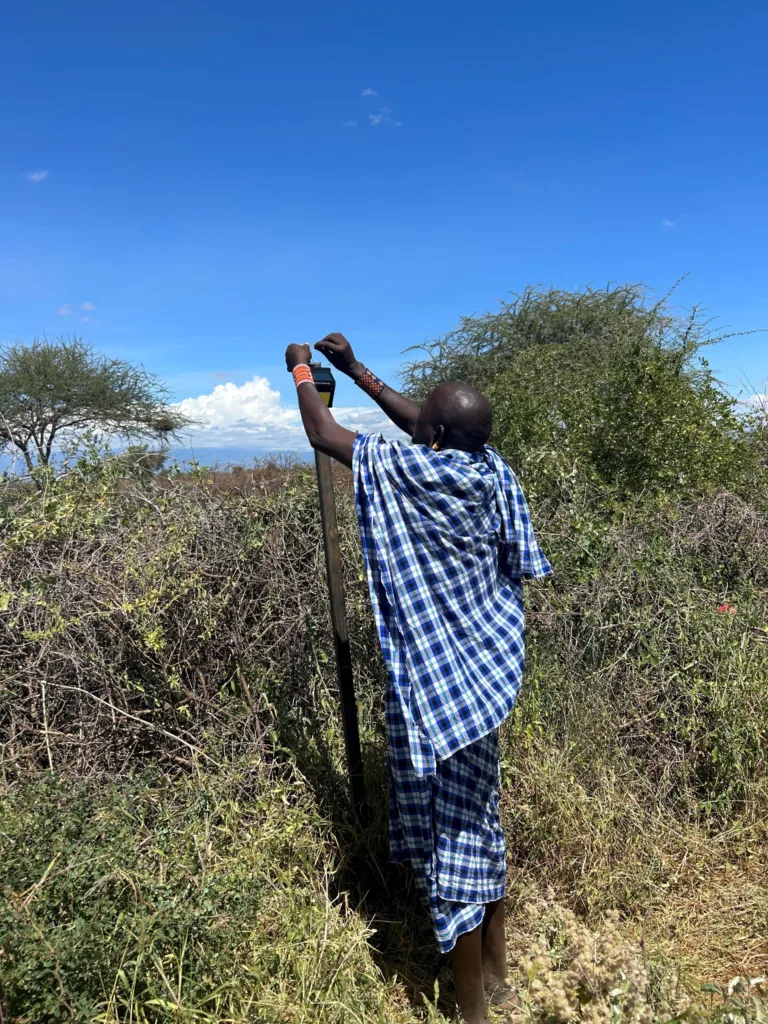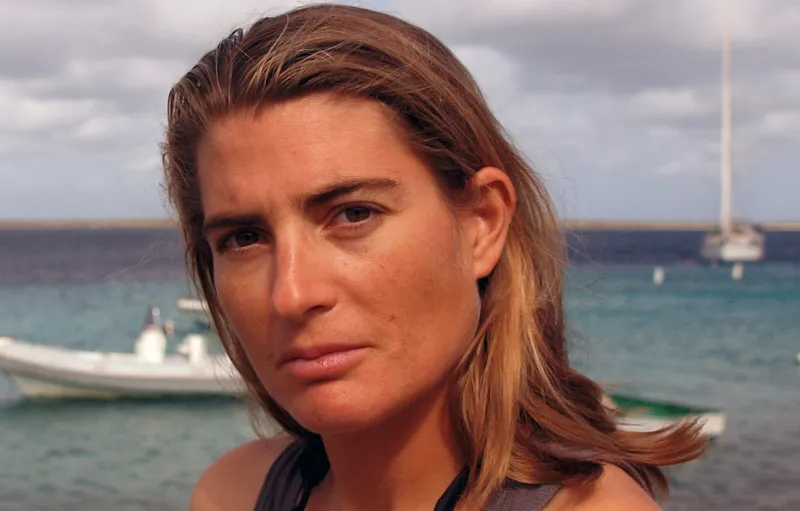
By: Annemarie Kramer, Dr. rer.nat.
Time To Go Back in the Water
It’s hard to believe that we are already halfway through the semester; time flies when you’re having fun! In the first half of our semester, students learned about the organisms that are found in the waters around South Caicos, how these resources are exploited and managed, and the cultural attitudes towards marine resources and their conservation. Exams were followed by a three-day field trip to North Caicos, Middle Caicos and Providenciales, where the history and culture of the Turks & Caicos Islands were the main focus, and then it was time for everybody to go their own way and take a well deserved mid-semester break.
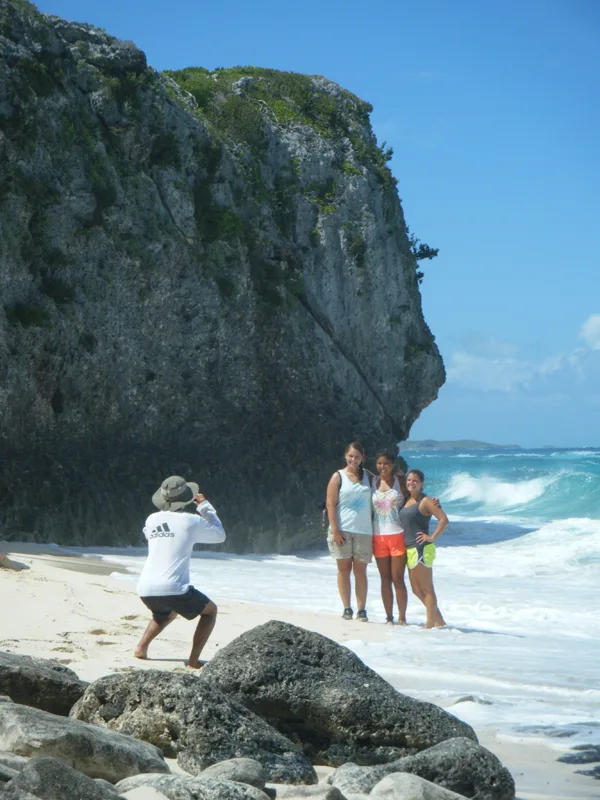
With staff and students rested and refreshed, it’s time to get going again. In the second half of our semester, the focus of the lectures in each of the courses will shift towards Marine Protected Areas (MPAs) and the holistic approach to marine conservation. And, Directed Research now joins the schedule along with Marine Ecology, Marine Resource Management, and Marine Policy. The weeks ahead will involve regular excursions onto the reef, into the mangroves, and into the local community, as students collect data for their research projects and help contribute to our understanding of the local marine ecosystem and its management.
This semester sees the introduction of new projects within our shark research program, which should provide us with a greater understanding of habitat utilization by juvenile sharks, as well as the value of MPAs to the more mobile adults sharks. The former will involve the use of an unmanned aerial vehicle (UAV), also known as a drone, to survey coastal habitats from above, allowing us to collect data from areas that have typically been difficult to access. Our preliminary results have been very exciting, with large numbers of juvenile sharks being observed in certain areas. In order to assess the value of MPAs to adult sharks we are initially estimating their abundance at sites inside and outside the MPAs, and we are doing this by deploying baited remote underwater videos, or BRUVs. As the name suggests, these are baited stations at which a video camera records all activity. As in the case of our UAV, our preliminary results in this project have also been quite exciting, with a number of large sharks coming in close to smile at the camera (as shown in the picture below).
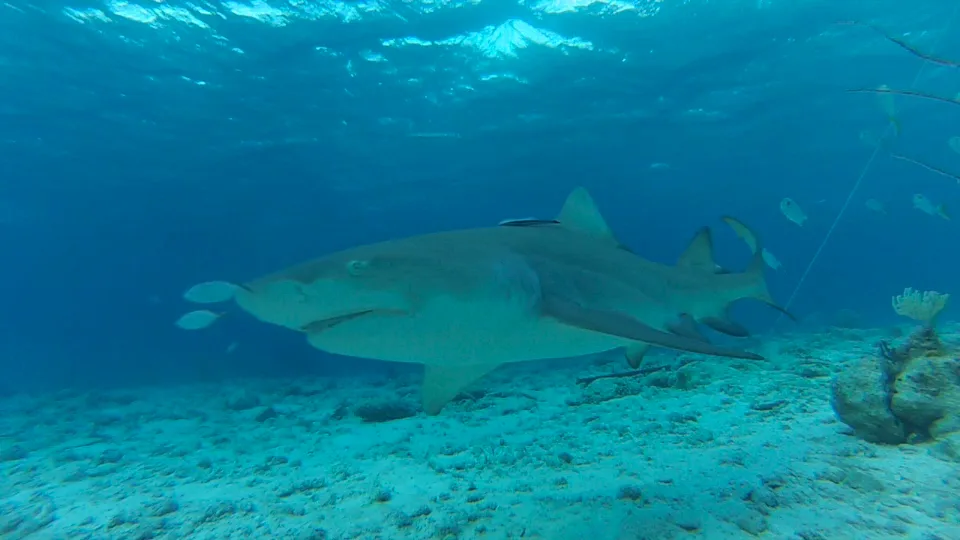
Although field research can be exciting and fulfilling, it is also hard work. Spending your days diving on the reef might sound like fun, but it also takes a lot of energy. Perhaps the most important thing that our students will learn while they are here is whether their enthusiasm for marine research is matched by their work ethic, and whether the reality of being a field biologist is in line with their expectations. As is generally the case, I’m sure that by the end of this semester, some students will decide that the life of a marine biologist is not for them, just as other students will be even more set on following this career path. That’s the real benefit of undertaking a SFS program; it immerses you in reality.
Related Posts
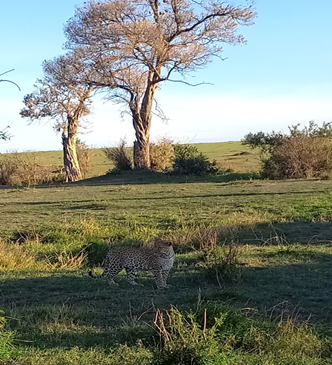
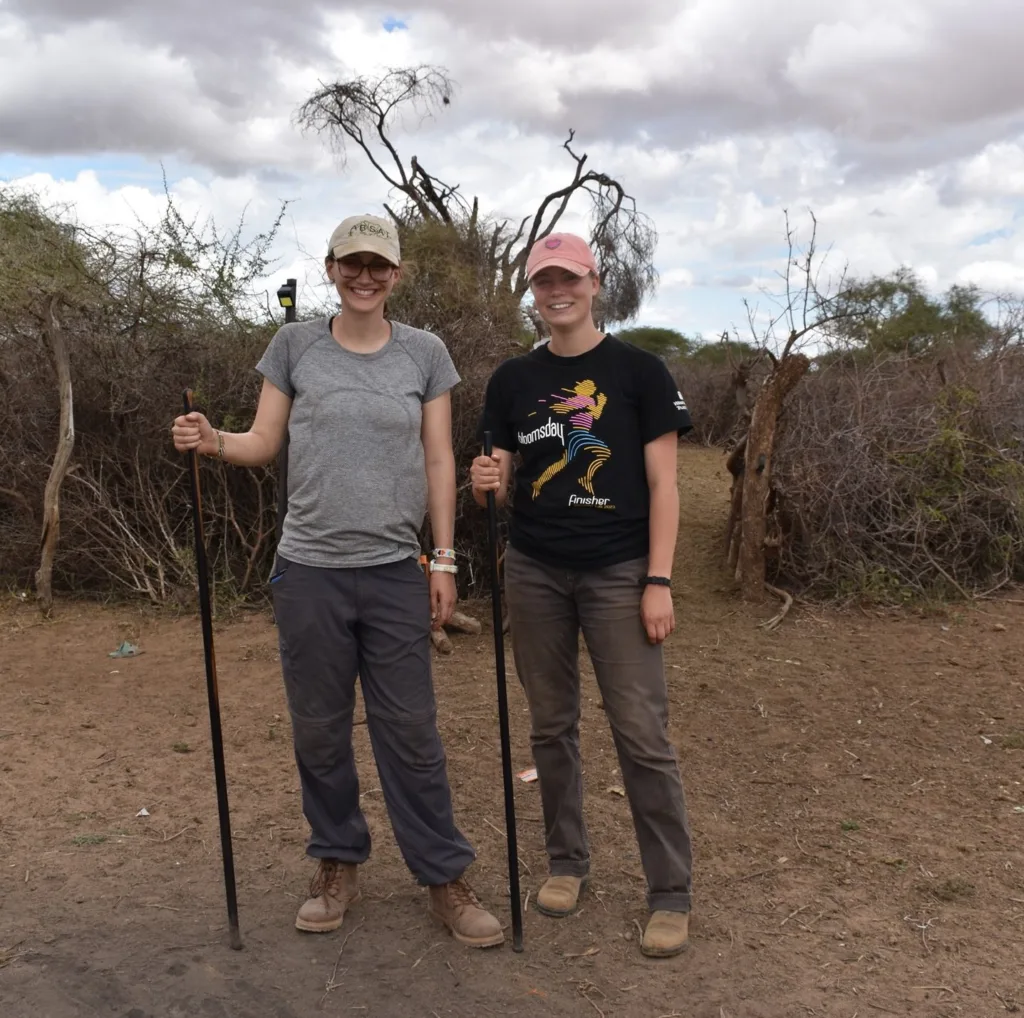
Alumni Reflections: Stories of the Return to Kenya
